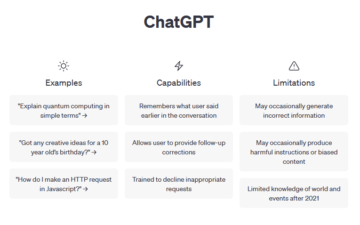There’s a lot of automation happening in translation recently, which isn’t necessary a bad thing. Translators are constantly pressed by time and chasing deadlines, and some of the most mundane and repetitive translation work can be easily replaced by a machine. Of course, I’m not advocating for 100% switch to machine translation anytime yet, but there is definitely a line that divides the work that should be done 100% by humans, work that should be done 50% by humans (i.e. translation software and CAT tools), and work that should be done 100% by machines, if possible.
In my opinion, repetitive, predictable work that can be automated should be. Coming from a perspective of productivity, doing work that could easily be done by a machine just feels like a waste of time. Sometimes I end up doing tedious, repetitive jobs that really have me questioning if I’m a translator or a machine. It’s stressful and slow and feels pointless.
You know, I really like translation software. It enables consistency across translation (within the document and also consistency with other documents), which is something nearly impossible to maintain if translating “by hand” (which in these days would equate to using Microsoft Word). Consistency can be achieved in terms of specific terminology as well as overall style and sentence patterns. You can consistently maintain the same style and recycle phrases, keeping the document coherent and readable. In Word, trying to maintain consistency is clumsy and awfully time consuming, with too much scrolling and abuse of the find/replace or copy/paste functions, not to mention so much backspacing to rewrite sections that just don’t fit in.
It’s really easy to shoot down technology in translation as killing the art of translation and pushing the translator out of the picture, but there’s no denying that it’s so efficient and smooth. Above all, it leads to productive, high-quality translation that can be reproduced time and time again with an impressive a term base and translation memory.
Of course, this is just not as romantic as conventional translation. Rather than creating a work from nothing, it’s more like you’re coordinating all these unlinked ideas and putting the pieces together. The translator ultimately becomes the editor rather than the writer.






